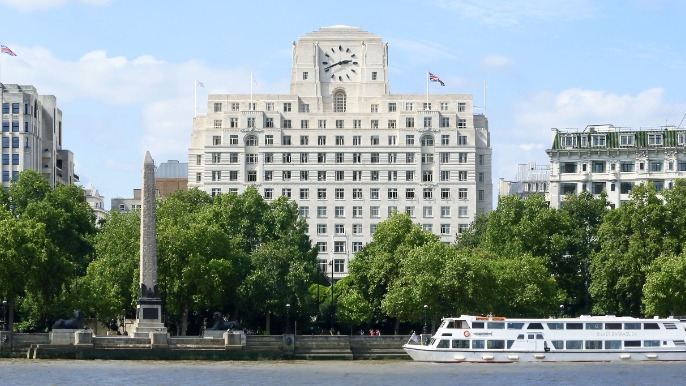According to a report by the NFPA, there were an average of 1,700 fires per year in the United States between 2010 and 2014 that involved lead acid storage batteries.
Many industrial and commercial facilities have lead-acid battery rooms designed to support critical equipment during power outages. During normal operation, lead-acid batteries release small amounts of hydrogen and oxygen that do not pose a serious fire hazard. However, during a heavy recharge, following a fast and deep discharge, the amount of off-gassing can reach critical flammable and possibly explosive levels.
Lead Acid Battery Rooms System Design
FirePro’s compound can rapidly extinguish fires, preventing the rupture or ignition of lead acid batteries that can release flammable gases and pose significant fire hazards. The system's ability to suppress fires quickly and prevent re-ignition can help minimise damage and downtime, making it a reliable and efficient solution for safeguarding lead acid battery rooms.
With FirePro's proprietary technology, lead acid battery rooms operators can rest assured that their fire suppression needs are expertly managed, ensuring the safety and security of all present.
Main causes of fire for Lead Acid Battery Rooms
Overcharging
Overcharging is a frequent cause of fires in lead acid battery rooms, as it can lead to excessive heat buildup and can ultimately cause the battery to rupture or ignite, releasing flammable gases that can exacerbate the fire hazard.
Short Circuit
Short-circuits are another common cause of fires in lead acid battery rooms, as they can generate significant amounts of heat that can ignite flammable materials, especially if they occur in areas with limited ventilation or air flow.
Sparks Or Flames
Sparks or flames can also pose a significant risk in lead acid battery rooms, particularly if there are flammable materials present that can be easily ignited. Even small sparks or flames can quickly escalate into larger fires if proper fire suppression measures are not in place.
Fire Suppression Challenges
Ventilation
When charging, flammable hydrogen is produced, which can quickly build up in an enclosed area and cause a fire. The battery room must be well-ventilated to ensure that no combustible gases are allowed to accumulate.
Classes of fire
Lead-acid battery fires can be subject to fires involving a combination of Class A combustible materials (wires), Class B flammable liquids and gases (Hydrogen Gas), and Class C electrical equipment. Fire suppression systems must therefore be suitably certified for these classes of fire.
Why FirePro
Enclosure integrity
FirePro fire suppression technology is capable of accommodating for small openings in the enclosure that may lead to agent leakage. Small openings that may otherwise pose a significant risk are expertly managed, ensuring that the suppression system remains effective and efficient.
Fire Classes
Our fire suppression condensed aerosol technology is suitable for Fire Classes A, B, C & F (according to EN2 Classification) and A, B & C (according to NFPA10 Classification).


